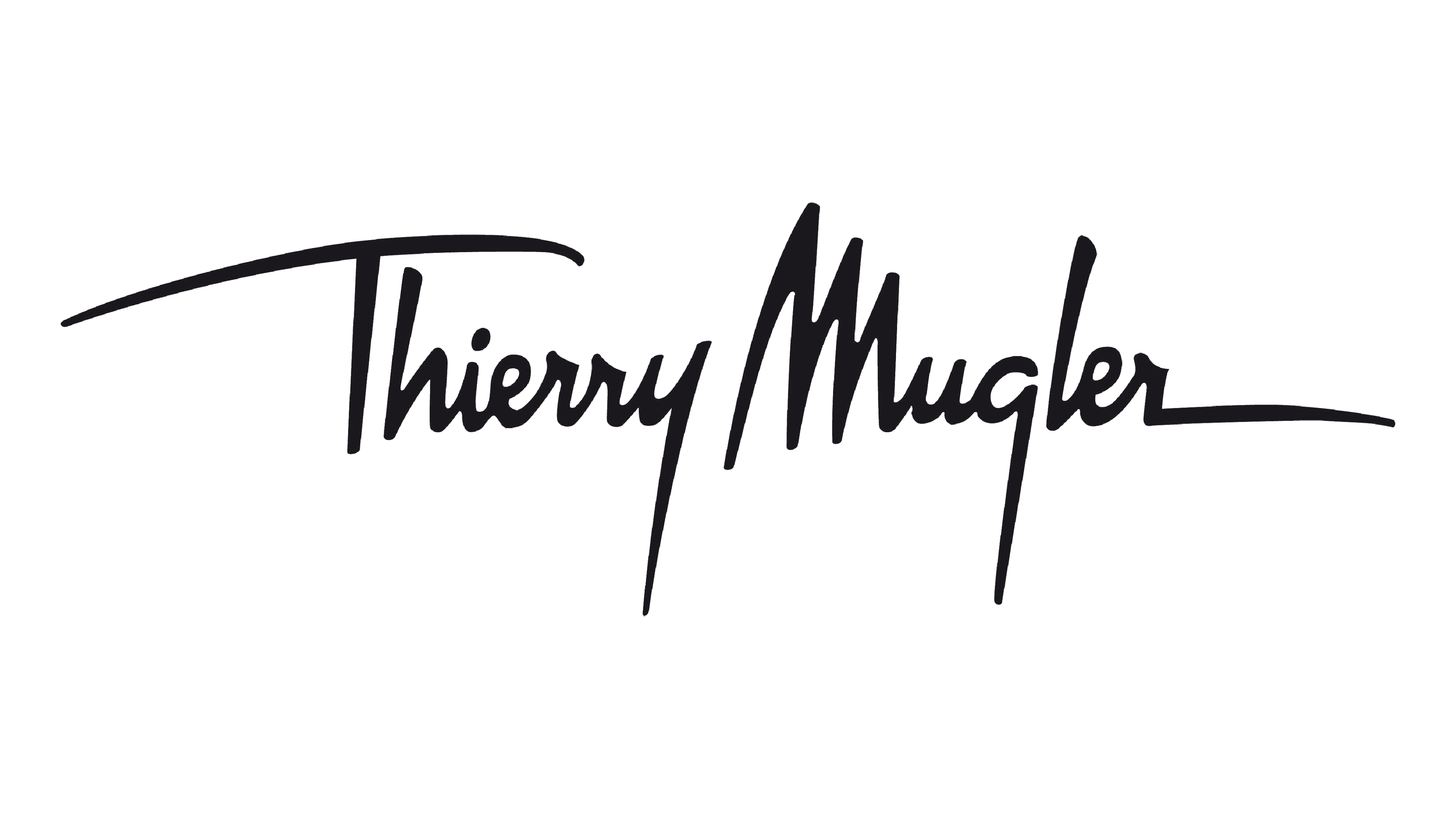The first collection by Thierry Mugler, released in 1973, was received ambiguously by critics and the public, it was characterized by overt sexuality and was not similar to anything released earlier. However, the provocative move brought the maestro worldwide fame, the outfits began to enjoy unprecedented popularity, and soon they were shown on the world’s best catwalks.
Meaning and history
Thierry was born in Strasbourg in 1948. He was a naughty child living in difficult times. The future trendsetter from childhood dreamed of creating his world and therefore spent most of his leisure time writing plays, sewing costumes, and going to the movies.
Dancing from an early age, Thierry Mugler became a dancer with the Rhine National Opera in Strasbourg at the age of 14. At the same time, he developed his artistic skills at the Strasbourg School of Decorative Arts, which inspired his desire to design clothes.
At the age of 20, Mugler moved to Paris, where he designed the Gudule boutique. Two years later, he took a freelance design job at several fashion houses – in Paris, London, Milan, and Barcelona. In 1973, Mugler launched his first clothing line called Café de Paris.
In 1974 Mugler created his own brand, and in 1978 he opened his first boutique in Paris, where he presented a unique men’s collection. During the next two years, more boutiques were opened. In 1998 Thierry became the first designer to create a virtual fashion show on a computer.
Since childhood, the future founder of the Café de Paris brand, and then the name brand Thierry Mugler, dreamed of ballet and theater. His passion for the stage was reflected not only in his fashion images. Mugler was one of the first to organize not just traditional fashion shows, but large-scale performances.
These were fashion shows that could compete with Carnival in Rio de Janeiro in terms of colorfulness. Later, his example would be followed by Alexander McQueen, Victoria’s Secret brand would release models in revealing outfits and call its show “Angel Show”, and Jean Paul Gaultier planned to put on Fashion Freak Show. But it was Mugler who was the first to turn traditional and monotonous shows into a colorful performance.
Designer Thierry Mugler, who founded the name brand in 1973, retired from the business, at least in fashion design, back in 2002. After him, Thierry Mugler was managed by Nicola Formichetti, and David Coma, and at the end of 2017, Casey Cadwallader became creative director.
To date, Casey Cadwallader has presented nine Mugler collections, each of which has been recognized by key people in the fashion industry. By bringing Mugler to the forefront of conversations about contemporary pop culture, inclusivity, and expressing one’s own identity, Cadwallader has solidified Mugler’s position as one of the most talked about haute couture brands of our time.
What is Mugler?
Mugler is a legendary fashion brand founded by Thierry Mugler in Paris in 1974 and pioneered avant-garde fashion. Now under the creative direction of Casey Cadwallader, Mugler’s creative vision reflects a distinctive view of the world.
In terms of visual identity, today Mugler is a completely different brand, from how it was established in the 1970s. The huge rebranding, which happened to the label in 2016, has added a modern touch to the logo and became a kind of a manifestation of Mugler’s second wind.
1978 – 2016
The original Mugler logo was based on the signature of the brand’s founder, legendary designer Thierry Mugler. This is a very recognizable wordmark in the history of fashion, and its sharp elongated lines perfectly represent the essence and soul of the fashion house. Apart from the Thierry Mugler signature, from the very beginning, the brand has been using a five-pointed star as its symbol. This is an asymmetric star with vertical rays elongated and slightly slanted. For the brand, this symbol is a depiction of success, fate, and the future.
2016 – Today
In 2016 the Thierry Mugler brand underwent a complete rebranding, becoming simply Mugler. And although the asymmetrical star has been kept, the lettering has turned into somewhat absolutely different. Now it is a geometric uppercase lettering in a fancy custom sans-serif with a sharp short bar coming out of the “M” to the left. Another recognizable element in the wordmark is the tail of the “G”, written slightly diagonally.
Font and color
The bold uppercase lettering from the primary logo of the Mugler fashion brand is set in a custom sans-serif typeface with small distinctive elements, making it unique. The closest font to the one, used for this insignia, is, probably, Nexa Bold, but with some visible modifications.
As for the color palette of the Mugler visual identity, it is based on black and white, but sometimes you can see the logotype and the star set on a lilac background. In other cases, the wordmark can be seen in a silver three-dimensional execution.




